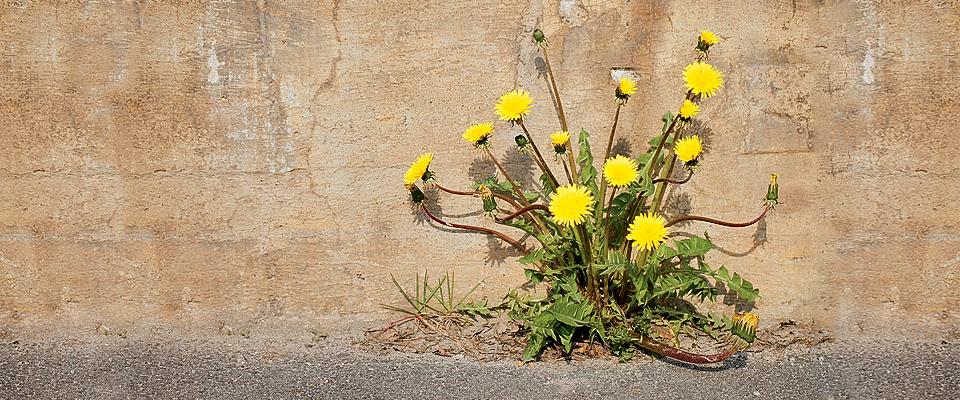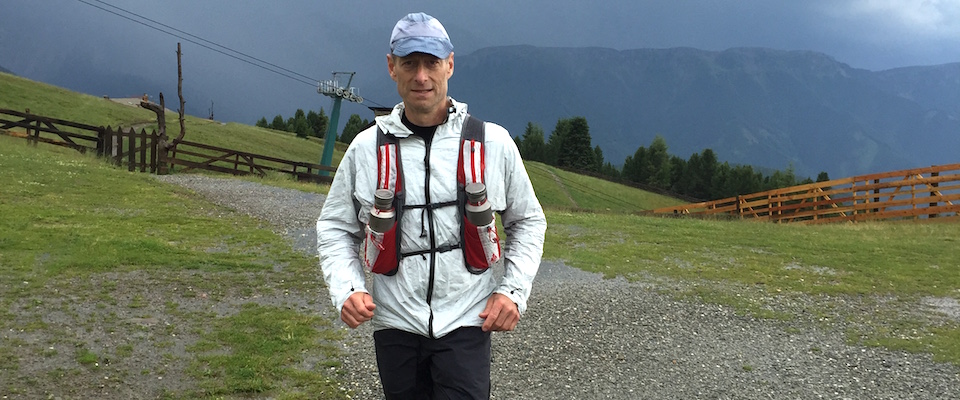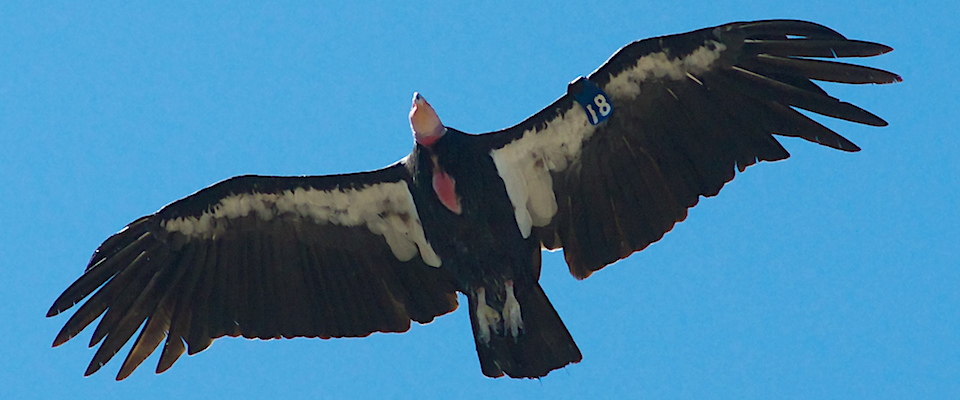When Thomas Carlson and Philip Stark find a foot-tall dandelion growing out of the sidewalk on Hearst Street, it’s all they can do to contain their excitement.
“Oh wow! Now that is robust!” Carlson exclaims. They won’t eat this one; it’s too close to cars and exhaust. But wow, just look at that beauty!
Recently, Stark and Carlson received a grant from the Berkeley Food Institute for their project, Reaping Without Sowing: Urban Foraging, Sustainability, Nutrition, and Social Welfare. They aim to inventory the wild, edible plants growing in some of the Bay Area’s least healthy neighborhoods—so-called food deserts. If the two are right, residents can eat more healthily just by foraging what’s already there.
Although most of us would balk at the idea of eating weeds, Carlson and Stark are dead serious. The premise for Reaping Without Sowing came out of the pair’s mutual appreciation for wild foods and their intrinsic health benefits. Stark, a professor and chair of the Department of Statistics, describes himself as a “botanical rubbernecker.” He no longer buys greens at grocery stores. Instead, he’s constantly on the lookout for miner’s lettuce, sow thistle, and oxalis on his way to and from campus.
Carlson, a medical doctor and ethnobotanist in the Department of Integrative Biology, has studied plants used as food and medicine by indigenous cultures around the world. He says that fiber and phytochemicals, which give some wild foods their bitter taste, are some of the biggest health deficits in inner-city diets. “The way I see it, eating these things is like eating medicinal plants.”
Reaping Without Sowing will document wild edibles growing in areas of West Oakland, Richmond, and Berkeley. The researchers will do a nutritional analysis of the plants and soils, as well as testing for hydrocarbons and heavy metals such as lead. They’ll also test for bioaccumulation (whether or not the plants concentrate toxins over time). Stark and Carlson believe there are few herbicides present in these areas. If there were, these “weeds” probably wouldn’t be able to grow in the first place. If the plants are safe and nutritious, educational materials and field guides will be created to let people know what’s out there.
As for any dangers from eating contaminated foods, the pair hypothesize that any risks from foraging in urban areas will be outweighed by health benefits. However, it could be several years before they know for sure. “At this point we’re not recommending anybody go out and gather these foods,” Carlson says.
Crouching on a four-foot-wide grassy median on Oxford Street, Stark counts chickweed, dandelion, mallow. He’s up to ten species on this forgotten strip of earth alone. It’s clear that the ingredients are there. Time will tell how people will use them.
From the Winter 2014 Gender Assumptions issue of California.




















